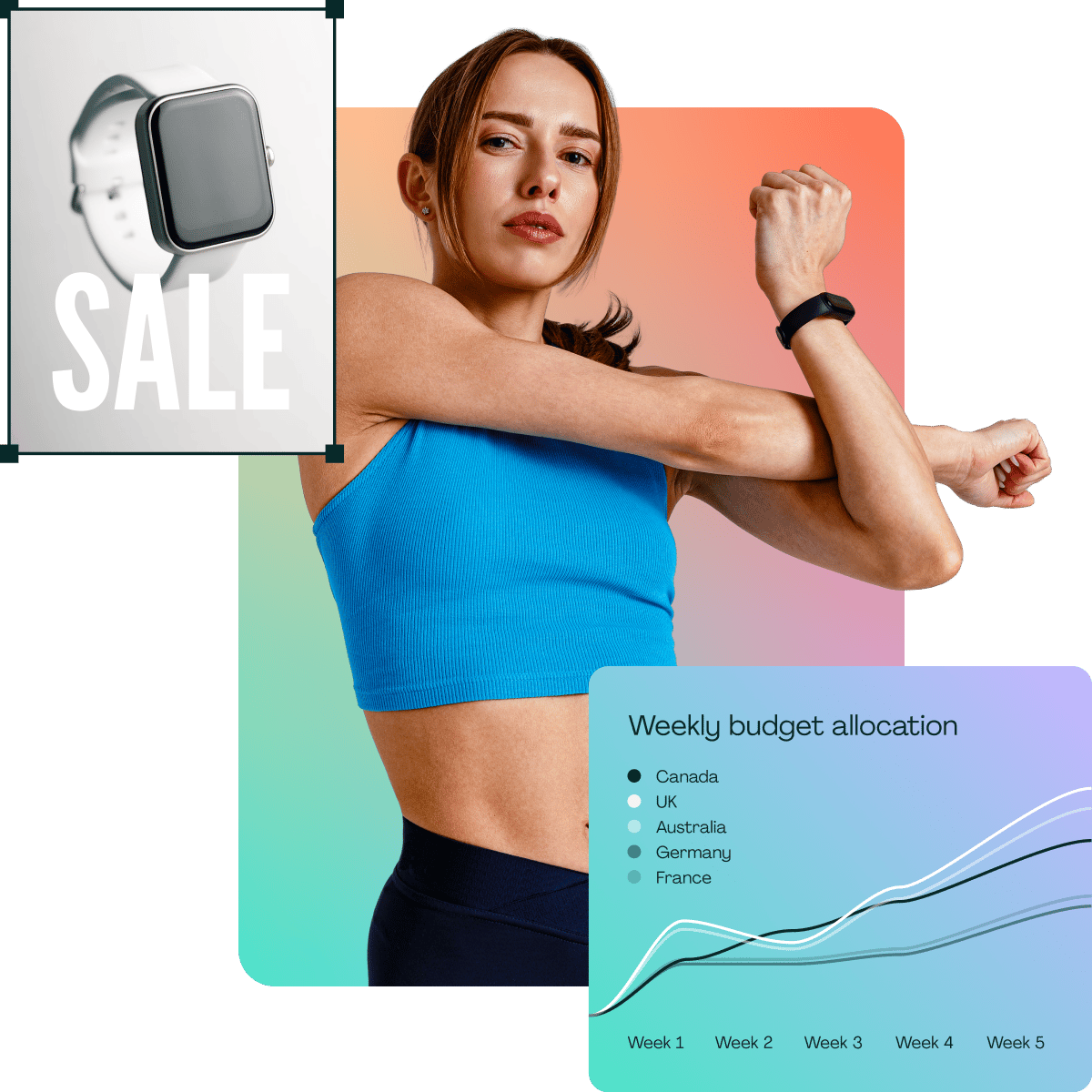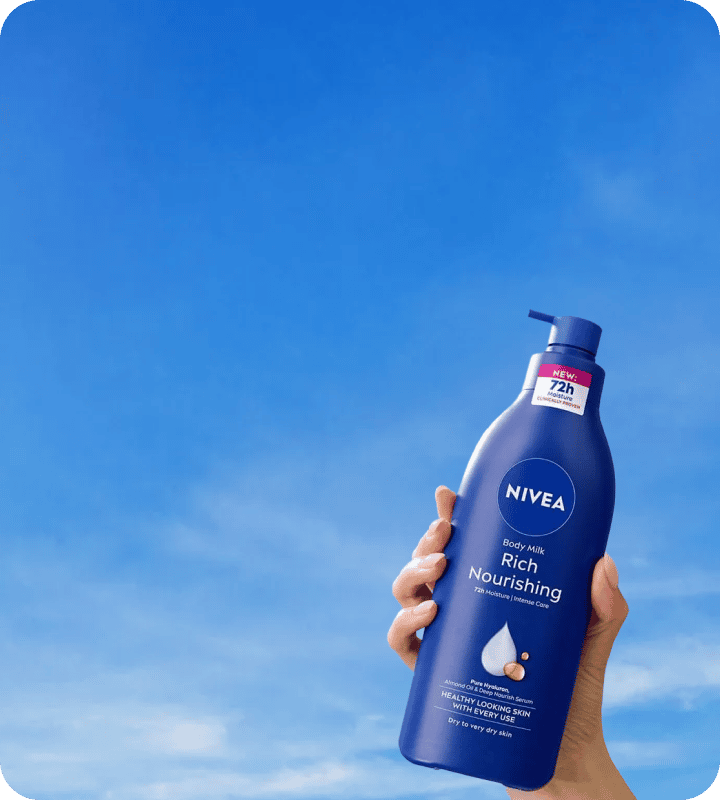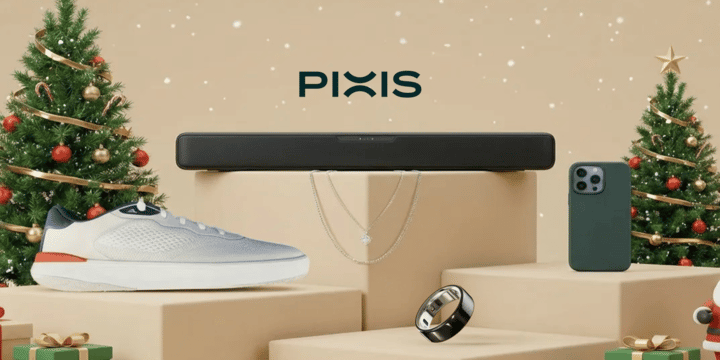Welcome



A complete, AI-powered advertising solution helping consumer brands improve ad performance and streamline workflows
More wins, less waste
Pixis optimizes your campaigns in real time to ensure they make the biggest possible impact. Make your ad spend work harder and go further.


More breakthroughs
Dial into shifting consumer behaviors and market trends. Pixis takes care of the tedious work to fine-tune your ads so they can achieve more, faster.


Jaw-dropping creative, on demand
Unlock limitless creative possibilities with Pixis. Just say the word and generate stunning, on-brand ads that demand your audience’s attention.


Powering

Betabrand Improves Return on Ad Spend (RoAS) by 69%
Now, that's cool.


immi Decreases Cross-Channel CPA by 7% While Doubling Ad Spend
Talk about using your noodle.


Joe & The Juice Improves its Conversion Rate (CVR) by 14%
Super juicy.


Nomad Reduces CAC by 28% with Pixis
We love it when a plan pays off.


Swiggy reduces Cost per Install by 41%
A tasty improvement.


Klar Reduced its Cost Per First Transaction (CPFT) by 29%
Money well spent.


Betabrand Improves Return on Ad Spend (RoAS) by 69%
Now, that's cool.


immi Decreases Cross-Channel CPA by 7% While Doubling Ad Spend
Talk about using your noodle.


Joe & The Juice Improves its Conversion Rate (CVR) by 14%
Super juicy.


Nomad Reduces CAC by 28% with Pixis
We love it when a plan pays off.


Swiggy reduces Cost per Install by 41%
A tasty improvement.


Klar Reduced its Cost Per First Transaction (CPFT) by 29%
Money well spent.



Meet the AI engine behind your best campaigns to date
Pixis combines insightful performance analytics with inspired creative execution. Whether you're optimising ad spend or creating striking visuals, Pixis makes it happen.
- Understands your campaign goals and context
- Trained on more than 3 billion data points
- Produces engaging, on-brand creative in seconds












